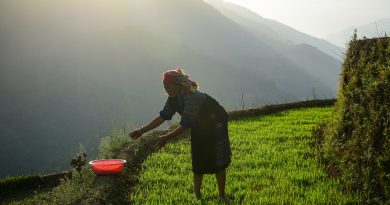Identification of single nucleotide polymorphism markers associated with resistance to bruchids (Callosobruchus spp.) in wild mungbean (Vigna radiata var.sublobata), cultivated V. radiata through genotyping by sequencing, quantitative trait locus analysis
Roland Schafleitner1, Shu-mei Huang2, Shui-hui Chu2, Jo-yi Yen3, Chen-yu Lin2, Miao-rong Yan3, BharathKrishnan4, Mao-sen5, Hsiao-feng Lo6, Chien-yu Chen7, Long-fang O. Chen5, Dung-chi Wu7, Thu-Giang ThiBui8, Srinivasan Ramasamy9, Chih-wei Tung10, Ramakrishnan Nair11
BACKGROUND:
Bruchid beetles are an important storage pest of grain legumes. Callosobruchus sp. infect mungbean (Vigna radiata) at low levels in the field, multiply during grain storage and can destroy seed stocks in a few months. Resistance against bruchid beetles has been found in wild mungbean V. radiata var. sublobata TC1966 and in cultivated mungbean line V2802.
RESULTS:
Bruchid resistance data were obtained from recombinant inbred line populations TC1966 (V. radiata var. sublobata) × NM92 (F12) and V2802 (V. radiata) × NM94 (F7). More than 6,000 single nucleotide polymorphic markers were generated through genotyping by sequencing (GBS) for each of these populations and were used to map bruchid resistance genes. One highly significant quantitative trait locus (QTL) associated with bruchid resistance was mapped to chromosome 5 on genetic maps of both populations, suggesting that TC1966 and V2802 contain the same resistance locus. Co-segregation of all markers associated with resistance indicated the presence of only one major resistance QTL on chromosome 5, while QTL analysis based on physical map positions of the markers suggested the presence of multiple QTLs on different chromosomes. The diagnostic capacity of the identified molecular markers located in the QTL to correctly predict resistance was up to 100 %.
CONCLUSIONS:
Molecular markers tightly linked to bruchid resistance loci of two different mungbean resistance sources were developed and validated. These markers are highly useful for developing resistant lines.



